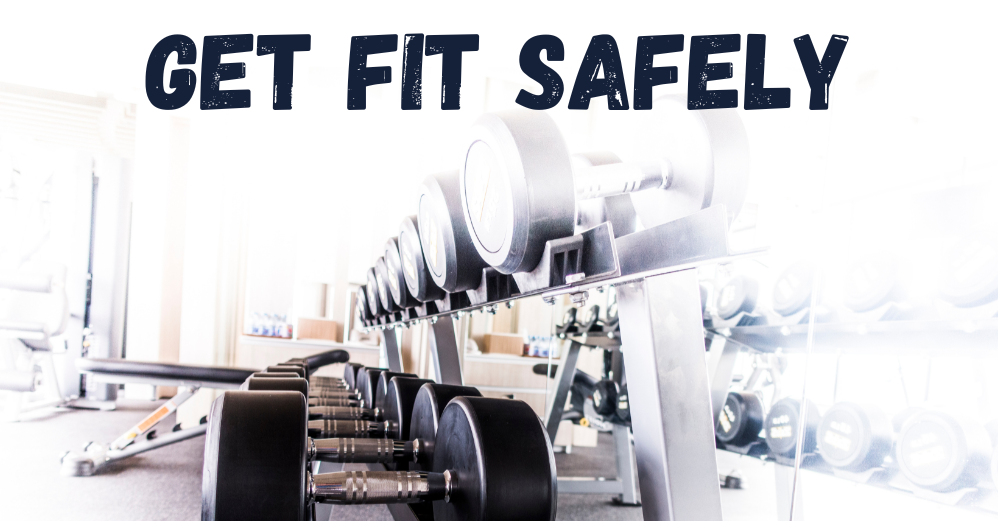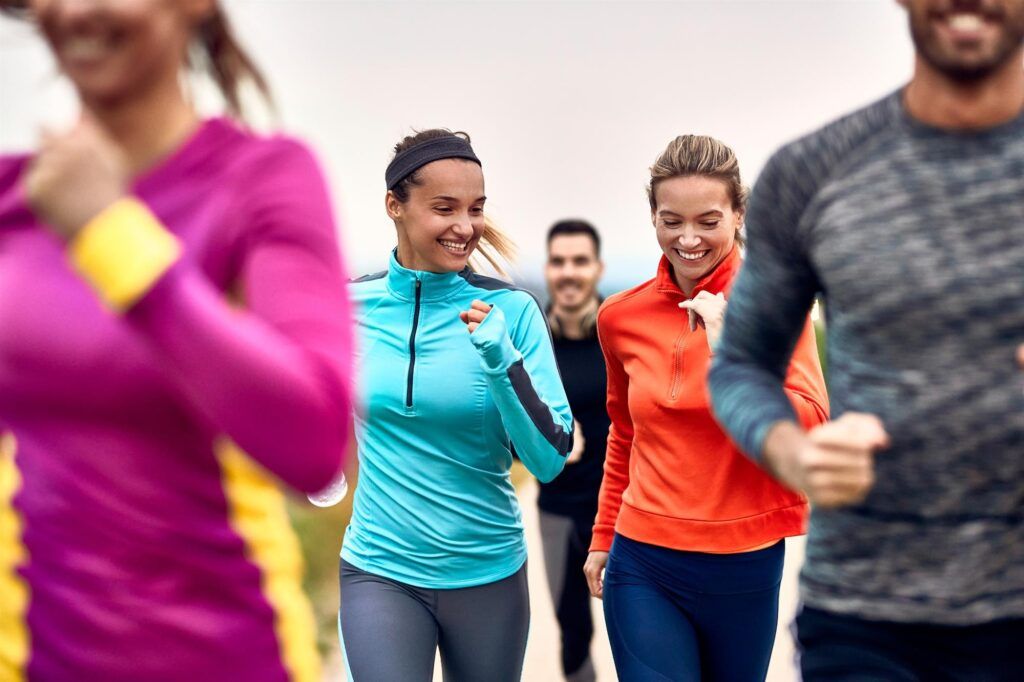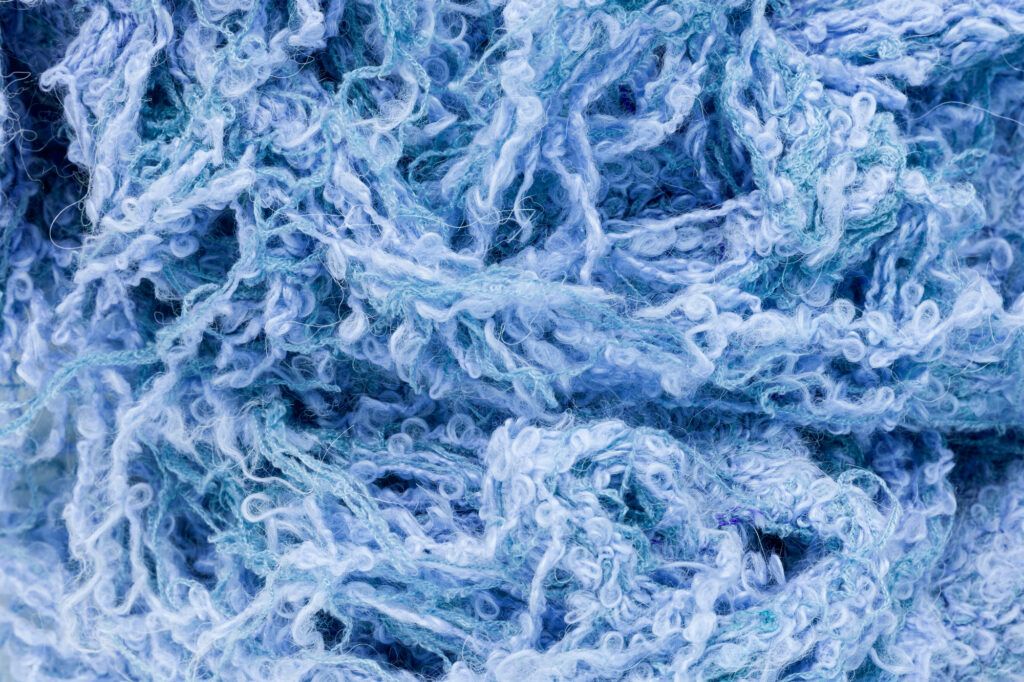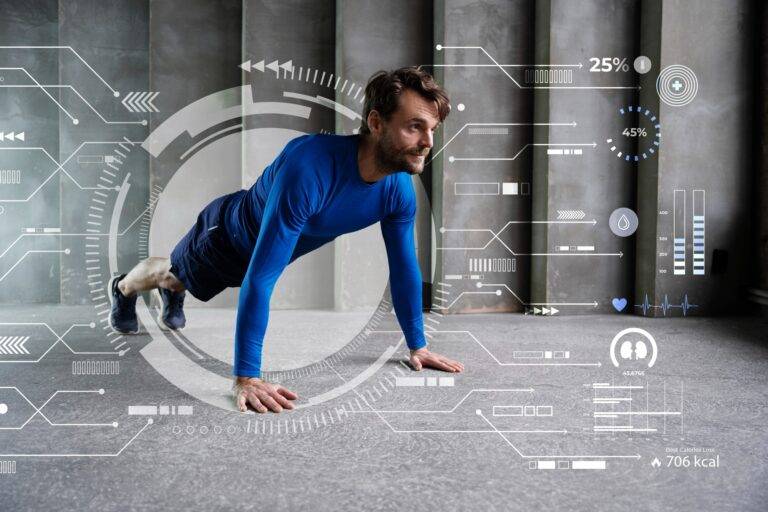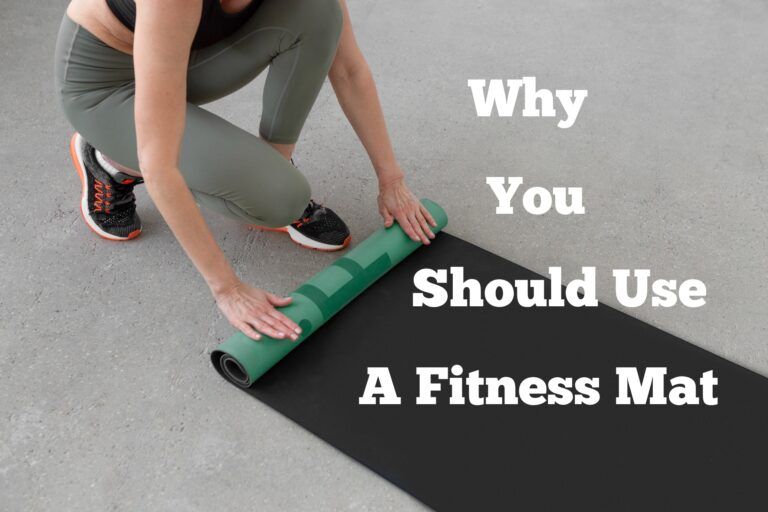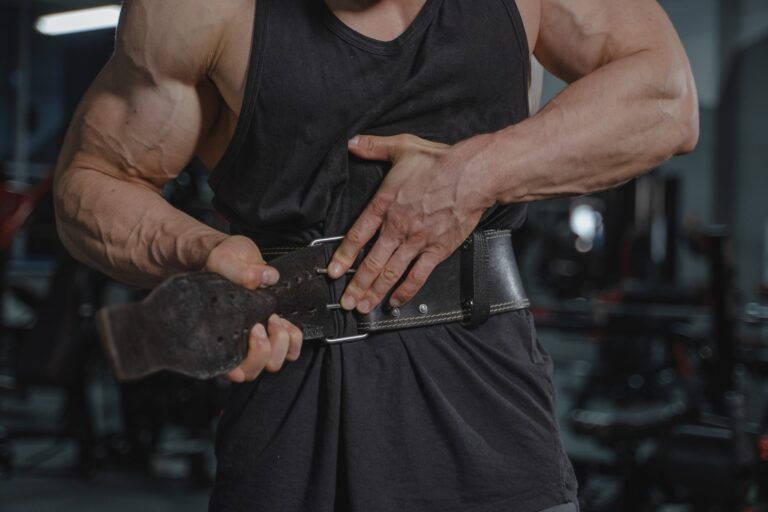In sportswear and physical activity, the ability of a fabric to effectively wick moisture away is crucial.
From the runner looking to stay dry during a summer marathon to the weightlifter aiming to avoid excessive sweating, choosing the right material can make a significant difference.
But what exactly is a moisture-wicking fabric, and why is it so important?
This article delves into the science behind these fabrics and why they have become an essential component in athletic apparel.
|
When I first started working out at the age of 15, I never gave much thought to breathable fabrics. However, over time, I realized how crucial it is to stay dry or at least avoid wearing sweat-soaked clothes. This realization led me to delve deeply into today’s topic through extensive research. You might encounter some technical terms along the way, but if you read carefully, I’m confident you’ll understand the evolution of gym wear and sweat-wicking fabrics in general. |
History and Evolution of Quick-Drying Fabrics
The quest for fabrics that could better meet the needs of athletes and active individuals has a long and fascinating history.
In the past, athletes relied on cotton and other natural materials, which, while comfortable, tended to retain moisture and become heavy when wet.
However, over time, necessity drove innovation.
In the mid-20th century, with the advent of synthetic fibers like polyester, a revolution began in the world of sportswear.
These fabrics, in addition to being lightweight, could wick moisture away from the skin, facilitating evaporation and keeping the athlete drier and more comfortable.
Since then, the textile industry has continued to innovate, introducing increasingly advanced materials with superior moisture-wicking, breathability, and quick-drying properties.
This evolution has allowed athletes to focus on their performance, knowing that their clothing would support them in any conditions.
How Quick-Dry Fabrics Work
Quick-dry fabrics have become essential for athletes and outdoor enthusiasts, providing both comfort and enhanced performance.
But how do these fabrics achieve such efficiency in wicking away moisture and drying rapidly?
The science behind it revolves mainly around capillarity and evaporation, alongside the unique microscopic structure of the fabrics.
1. Capillarity
Capillarity is a phenomenon where liquids move against external forces in confined spaces due to surface tension and the interaction between liquid and solid fibers.
Sportswear leverages this to spread moisture across its surface.
2. Evaporation
Evaporation involves liquid molecules transforming into a gaseous state by absorbing energy.
The cooling sensation we feel is a result of sweat absorbing body heat as it evaporates.
|
SUMMARY Sweat alone doesn’t cool the body; it’s the evaporation process that does. When sweat changes from liquid to gas, it takes in energy, primarily from our body’s heat, offering a cooling effect. |
Post-Workout: Why Sweat-Wicking Fabrics Matter
While sweat’s cooling effect is beneficial during exercise, it’s vital that our clothing doesn’t stay damp afterward.
Residual moisture can lead to excessive cooling, particularly in colder settings, resulting in discomfort.
Advanced sweat-wicking fabrics ensure comfort by maintaining the right body temperature during and after exercise.
The Intricacies of Sweating: Beyond Cooling the BodySweating is a crucial mechanism for the body, primarily serving to regulate body temperature through evaporation. During exercise, muscles generate excess heat, compounded by warm external temperatures. Eccrine sweat is the primary type produced to cool down and maintain skin health by hydrating it. Sweating rates vary among individuals, with acclimated individuals sweating more efficiently. Athletes, especially those with larger body masses, can lose substantial sweat in hot conditions, affecting performance. Hot environments can hamper aerobic and anaerobic activities due to muscle fatigue, cardiovascular issues, and central nervous system impairments. Sweating begins when core body temperature exceeds a threshold, which may be lower in fit individuals. The body’s response to temperature varies based on activity; exercise prompts quicker sweating to control rapid heat production. Regular training and heat exposure improve sweating efficiency, enhancing endurance and performance. Sweat also contains antimicrobial peptides, offering protection during physical activities with greater skin exposure. (Physiopedia) |
Microscopic Structure of Quick-Dry Fabrics
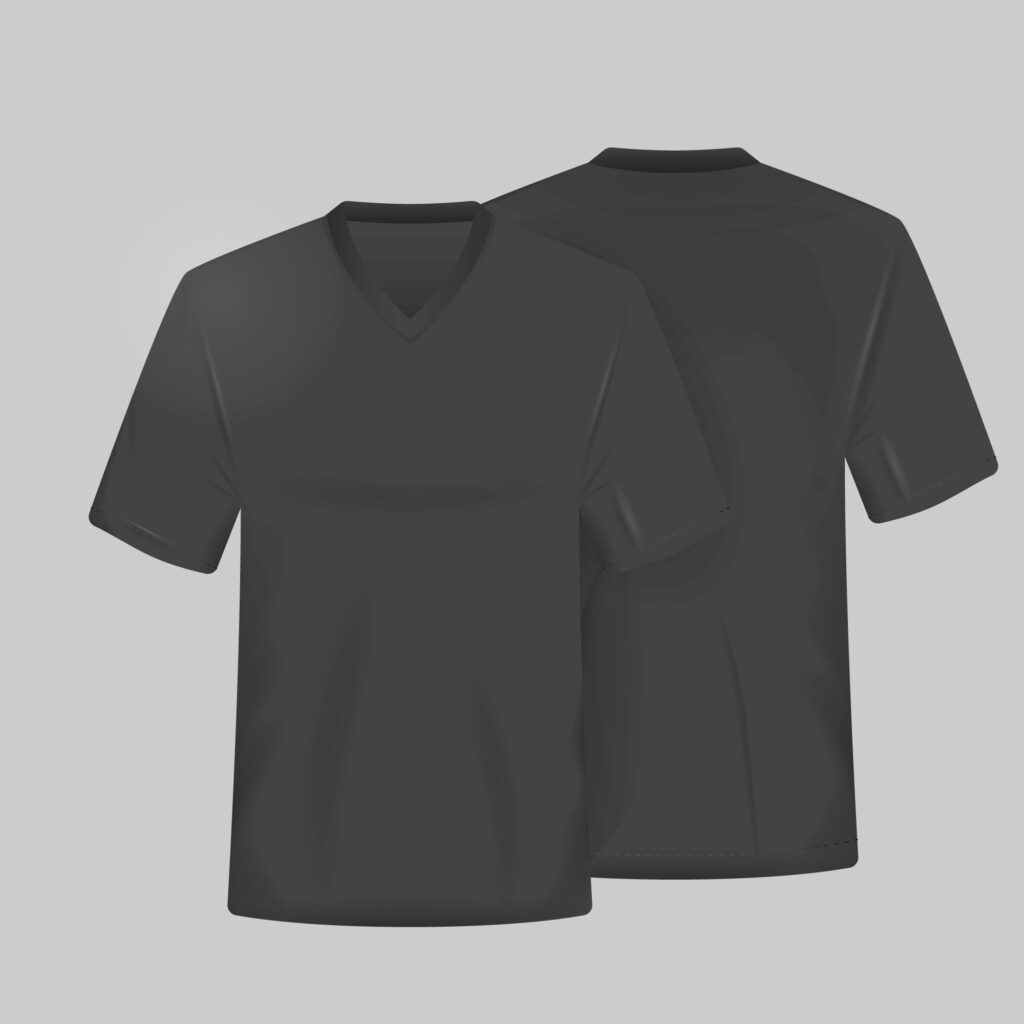
Modern quick-dry fabrics often comprise microfibers tailored for maximized capillarity.
These fibers are thinner than human hair and may have specialized shapes, like oval cross-sections, to enhance surface area and, consequently, capillarity.
Some fabrics also incorporate microscopic channels designed to guide moisture to the exterior, ensuring faster evaporation.
These unique structures not only expedite evaporation but also reduce the time moisture remains in contact with the skin, diminishing the wet sensation and boosting comfort.
Top Breathable Outfits List
- Synthetic Performance Fabrics
- These are typically made from polyester blends and are engineered to wick moisture away from the skin and bring it to the surface of the fabric, where it can evaporate. This technology, often referred to as “wicking”, is common in workout apparel and sportswear. Polyester fibers are hydrophobic, meaning they repel water, but they’re constructed in a way that allows moisture to be moved through and out of the fabric. The spaces between the fibers allow for air circulation, promoting faster drying and keeping the wearer cooler.
- Merino Wool
- Unlike regular wool, merino wool is soft and can be worn next to the skin without causing itchiness. It has natural temperature-regulating and moisture-wicking properties. Merino fibers have a unique structure with a hydrophilic (water-attracting) interior and a hydrophobic (water-repelling) exterior. This allows the wool to absorb moisture from the body and release it into the air, keeping the wearer dry.
- Cotton
- Cotton is a natural fiber known for its breathability and softness. However, when it comes to workout clothes, cotton is typically not the best choice as it can become heavy and damp when wet. Cotton fibers are hydrophilic, meaning they absorb moisture. They don’t wick moisture away like synthetics, so the fabric can feel damp and clammy in wet conditions or during intense workouts.
- Bamboo
- Derived from the pulp of bamboo grass, this material is not only soft to the touch but also excels in breathability. Its natural ability to wick moisture is commendable, and its inherent antibacterial qualities make it even more desirable. Being hydrophilic, it dries swiftly, and the unique fiber structure further optimizes air circulation.
- Nylon
- Often used in sportswear, nylon is soft, mildew resistant, and dries quickly. Nylon is a synthetic material known for its high strength and excellent resilience. Its fibers have a smooth structure, which allows the fabric to dry quickly.
Why Might Cotton Be a Poor Option?
Here are some reasons why:
|
Benefits of Quick-Dry Fabrics
- Reduced Risk of Hypothermia: Quick-dry fabrics move sweat away from the skin efficiently, reducing the risk of a drop in body temperature due to dampness, especially in cold environments.
- Enhanced Comfort During Physical Activity: By wicking away moisture, these fabrics ensure that the wearer remains dry, providing a more comfortable experience during workouts or outdoor activities.
- Prevention of Irritation or Chafing: Damp fabric can lead to skin irritation or chafing during prolonged activities. Quick-dry materials reduce this risk by minimizing the time the skin is in contact with moisture.
| SPORTSWEAR AND PERFORMANCE: A CRITICAL ANALYSIS
In sports, clothing plays a key role in regulating body temperature and comfort, directly affecting athletic performance. The article highlights a lack of marked difference between various types of fabrics, natural or synthetic, in terms of thermophysiological and perceptual response during exercise. It underscores the need for future research to delve into the impact of clothing under realistic conditions and consider gender differences. (2*) |
READ ALSO:>>> What should I wear to the gym? The best tips for a comfortable workout!
Comparison with Other Fabrics
Quick-Dry Fabrics vs. Cotton:
While cotton is soft and comfortable, it retains moisture, potentially causing discomfort when damp.
Quick-dry fabrics, on the other hand, wick moisture away, ensuring faster evaporation and enhanced comfort during physical activities.
Quick-Dry Fabrics vs. Wool:
Wool has natural moisture-wicking properties and can retain warmth even when wet.
However, it might not dry as quickly as specialized quick-dry materials and can be heavier when saturated.
Pros and Cons:
While quick-dry fabrics excel in moisture management and rapid drying, they might not offer the same level of coziness as cotton or the warmth of wool in colder conditions.
It’s essential to choose the right fabric for the activity and environment in mind.
Care and Maintenance
Breathable fabrics, often used in athletic wear and outdoor gear, require special care to maintain their unique properties.
Here’s a guide to ensure these fabrics continue to perform at their best:
- Read the Care Label: Always start by checking the garment’s care label. It provides specific instructions based on the fabric type and construction.
- Use Gentle Detergents: Avoid detergents with harsh chemicals or fabric softeners, as they can clog the fabric’s micropores and reduce its breathability.
- Cold Water Wash: Opt for cold water to prevent any potential shrinkage or damage to the fabric’s fibers.
- Avoid Overloading: Give your breathable clothes plenty of space in the washing machine to ensure thorough cleaning without excessive friction.
- Hand Wash When Possible: Some breathable fabrics benefit from hand washing, which can be gentler than machine washing.
- Air Dry: Lay the garment flat or hang it to dry. Using a dryer can damage the fabric’s structure or its sweat-wicking capabilities.
- Avoid Ironing: High heat can impair the fabric’s breathability. If you must iron, use the lowest heat setting and place a thin cloth between the iron and the garment.
- Steer Clear of Bleach: Chlorine bleach can weaken the fabric’s fibers and affect its moisture-wicking properties.
- Regular Maintenance: Regularly washing and caring for your breathable garments will prolong their lifespan and performance.
- Storage: Store in a cool, dry place. Avoid folding garments too tightly or storing them in packed areas to prevent fabric compression, which can affect performance.
The Science of Sweat-Wicking Materials
1. The Role of Yarn Structure:
Yarn structure plays a pivotal role in determining the sweat-wicking capabilities of a fabric.
Traditional yarns, which have a circular cross-section, fit closely together when woven, leaving minimal space for moisture movement.
This structure inherently limits the fabric’s ability to wick away sweat.
However, innovation in yarn design, such as the development of non-circular cross sections (triangular, cross-shaped, or other unique shapes), has been a game-changer in the world of athletic wear.
When these uniquely shaped yarns are woven together, they don’t fit as snugly as their circular counterparts.
This intentional design creates small spaces or micropores between the strands, allowing for improved moisture movement.
2. The Mechanism of Micropores:
Micropores are essentially the tiny channels that form between strands of non-circular yarn.
Their presence in the fabric is crucial for facilitating the capillary action, a process by which moisture travels quickly through these micropores to the fabric’s outer surface.
Once on the surface, the moisture is efficiently evaporated away, keeping the wearer dry and comfortable.
This intricate interplay between yarn design and capillary action has made modern sweat-wicking fabrics highly efficient, providing athletes and fitness enthusiasts with garments that cater to their specific needs during physical activity.
Rigorous Testing: Ensuring Performance
1. Vertical and Horizontal Wicking Tests:
Before a sweat-wicking fabric is deemed fit for the market, it undergoes various tests to validate its performance.
Two primary tests include the vertical and horizontal wicking tests. In the vertical test, cloth strips are suspended with their ends immersed in water.
The efficiency of the fabric is gauged by the speed at which water travels upwards.
In the horizontal test, a specified amount of water is dripped onto the fabric, and the spread of this moisture is observed.
The fabric that disperses the water most quickly and widely is considered superior in its wicking capabilities.
2. Transverse Wicking:
Transverse wicking tests serve as the ultimate validation process for these fabrics.
This test is designed to closely mimic the real-world scenario of how a moisture-wicking garment would function.
In this, water is absorbed from below the fabric, and the rate at which it spreads both through the fabric and along its surface is meticulously measured.
The quicker the moisture disperses, the more effective the fabric is in managing sweat.
Through such rigorous testing and continual advancements, consumers can trust that their sweat-wicking garments are built not just on claims, but on proven science and performance metrics.
Clothing’s Impact on Body HeatHeat Production in Exercise: During physical activities, the body produces more heat. Managing this heat, especially during extreme temperatures, can be challenging. Clothing as a Barrier: Wearing clothes adds an insulating layer, which can hinder the natural heat transfer and sweat evaporation from our skin. This becomes even more noticeable in warm conditions, causing body temperature to rise faster during exercise. Benefits in Warm Conditions: Despite being a barrier, clothing can also protect by reducing heat gain from the environment. However, recent studies show that the type of fabric or small amounts of clothing doesn’t significantly affect our body’s ability to manage heat in warm settings. Cold Climate Considerations: While fabric type generally doesn’t impact body temperature regulation in cold settings, clothing construction does. For instance, fishnet constructions allow better heat dissipation. Future Research Needs: For a comprehensive understanding, future studies should replicate real-world scenarios – considering factors like high work rates, significant airflow, and humidity – as they can greatly influence how our bodies regulate temperature during exercise. (Pubmed/14606923) |
READ ALSO:>>> All-in-One Guide to Gym Wear & Gear
Conclusion
In athletic and performance apparel, fabric selection is crucial.
Understanding the science behind these materials shows how far the textile industry has come.
It also highlights the importance of choosing the right fabrics for comfort and performance.
Natural fibers like cotton have their benefits.
However, the development of sweat-wicking and quick-drying fabrics marks significant advancements.
These fabrics are designed to meet the specific needs of physical activities.
The concepts of capillary action, innovative yarn structures, and temperature regulation enhance our appreciation for these modern fabrics.
The journey from a simple thread to sophisticated garments is deeply rooted in scientific research and innovation.
As consumers, knowing this empowers us to make better choices.
Whether we’re hitting the gym or enjoying the outdoors, we can choose attire that supports us every step of the way.

